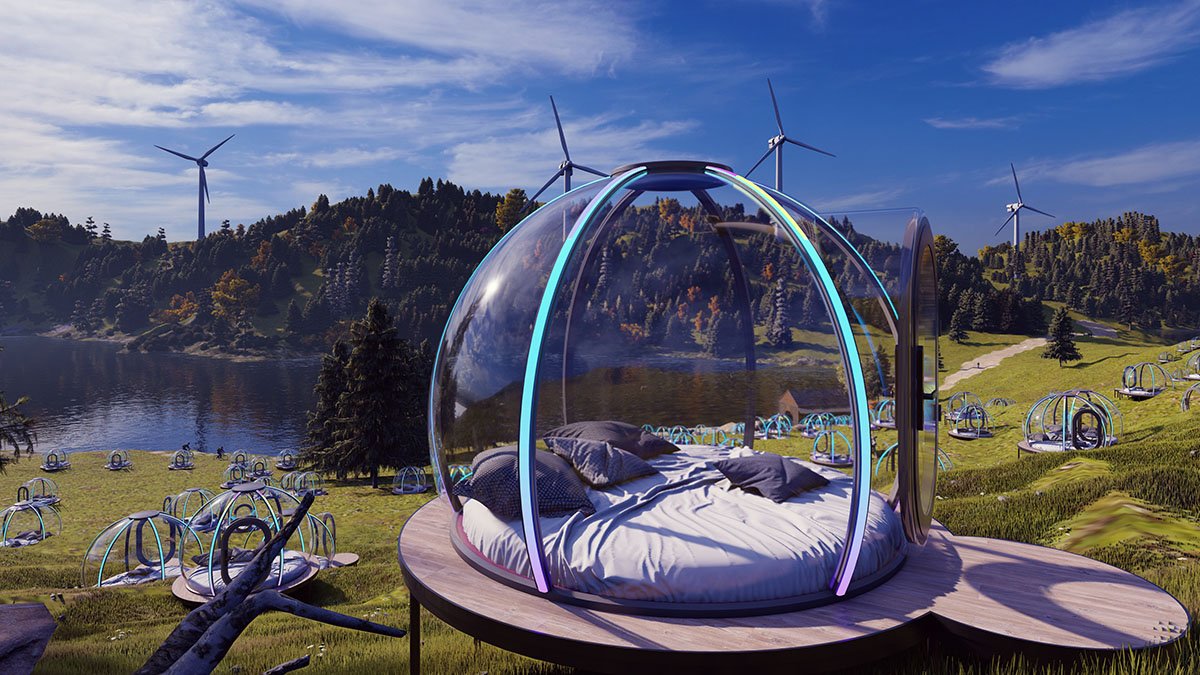A pop-up shelter, also known as a pop-up tent or instant shelter, is a portable structure that can be quickly and easily set up for temporary use. It is designed to provide immediate protection from the elements, such as sun, rain, wind, and insects.
Here are some key features and characteristics of pop-up shelters:
- Quick and Easy Setup: The primary advantage of pop-up shelters is their effortless setup. They typically employ a collapsible frame system that allows the shelter to be assembled and disassembled quickly without the need for complex tools or extensive assembly processes. They often incorporate a spring-loaded mechanism that enables the shelter to “pop up” into shape when released from its folded position.
- Portability: Pop-up shelters are designed to be highly portable. They are lightweight and compact when folded, making them easy to transport and store. Many models come with a carrying bag or case for convenient transportation.
- Shelter Size and Capacity: Pop-up shelters are available in various sizes, ranging from small individual-sized shelters to larger structures capable of accommodating multiple people. The size and capacity of the shelter depend on the specific model and intended purpose.
- Weather Protection: These shelters are typically made of durable and weather-resistant materials, such as polyester or nylon fabrics. They often feature water-resistant or waterproof coatings to provide protection against rain and moisture. Some models also include built-in vents or windows for airflow and protection against gusts of wind.
- UV Protection: Many pop-up shelters are designed with built-in sun protection features. They may have a UV-resistant coating on the fabric or include additional sunshades or sidewalls to shield occupants from harmful ultraviolet (UV) rays.
- Versatility: Pop-up shelters come in a variety of designs and configurations to suit different needs. Some models have open-sided canopies, while others feature fully enclosed structures with zippered doors and windows for added privacy and security.
- Durability: The overall durability of pop-up shelters can vary depending on the quality of materials and construction. Higher-end models are often made with sturdy frames, reinforced stitching, and heavy-duty fabrics to enhance their longevity.
When using a pop-up shelter, it’s important to follow the manufacturer’s instructions for proper setup and takedown. It’s also advisable to secure the shelter to the ground using stakes or weights, especially in windy conditions, to prevent it from being blown away.
Overall, pop-up shelters offer a convenient and efficient solution for temporary outdoor shelter needs, providing protection and comfort in various outdoor settings.
Use cases
Pop-up shelters have a wide range of use cases due to their versatility and convenience. Here are several common scenarios where pop-up shelters are frequently used:
- Camping: Pop-up tents are a popular choice for camping trips. They offer quick and easy setup, allowing campers to establish their shelter quickly upon arrival at the campsite.
- Picnics and Outdoor Gatherings: Pop-up shelters provide shade and protection from the sun during picnics, barbecues, and other outdoor gatherings. They create a designated space for people to relax and enjoy their meals without direct exposure to sunlight.
- Beach Trips: Pop-up shelters are ideal for beach outings, offering a shaded area for individuals and families to take a break from the sun, store belongings, and relax comfortably.
- Sporting Events: Whether it’s watching a little league game or attending a professional sports event, pop-up shelters can provide shade and protection from light rain while allowing spectators to enjoy the game.
- Festivals and Outdoor Concerts: Pop-up shelters are often used at festivals and outdoor concerts as temporary shade structures. They provide a place to rest, escape the sun, and enjoy the entertainment.
- Outdoor Market Stalls: Vendors at outdoor markets often use pop-up shelters as temporary stalls to showcase and sell their products. These shelters offer protection from the elements while creating an inviting space for customers.
- Trade Shows and Exhibitions: Pop-up shelters are commonly used in trade shows and exhibitions to create temporary booths or display areas. They offer a professional and visually appealing space for businesses to showcase their products and services.
- Emergency Shelters: Pop-up shelters can be deployed in emergency situations, such as natural disasters or refugee camps. They provide temporary housing and protection for displaced individuals.
- Outdoor Workshops and Events: Pop-up shelters are utilized in outdoor workshops, seminars, and events to create designated areas for presentations, demonstrations, or hands-on activities. They offer shelter and focus in an outdoor setting.
- Backyard Parties and Events: Hosting a backyard party? Pop-up shelters can be set up to provide additional covered space for guests, such as a food or beverage station, or as a shaded area for relaxation and socializing.
These are just a few examples of the many use cases for pop-up shelters. Their ease of use, portability, and versatility make them a practical solution for various outdoor activities and events.

